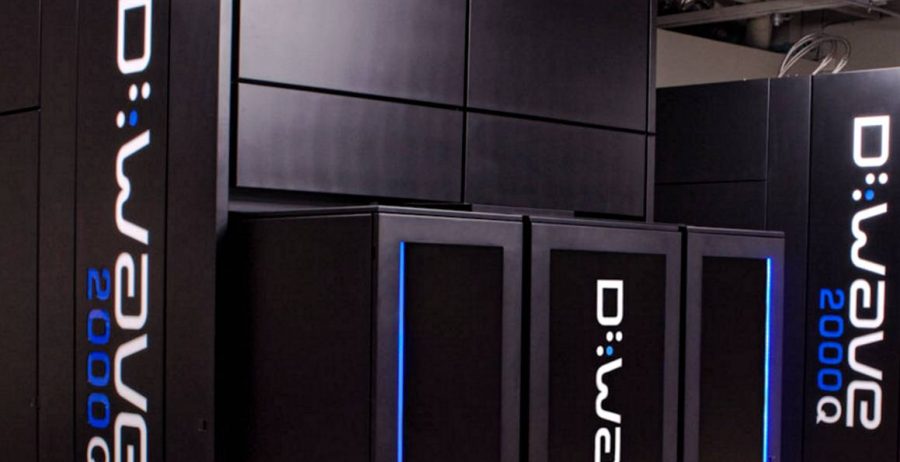D-Wave Systems, currently headquartered in Canada, has made their 2000Q Quantum Computer commercially available today. The supercomputer costs about $15 million and its the first of its kind on the consumer market.
2000Q is the first computer in the world to run 2000 qubits on its quantum processing unit (QPU).
D-Wave is an industry leader in this aspect, improving upon a previous model that held 1000 qubits in performance.
Quantum computers don’t work like standard computers but offer solutions to dedicated problems. For example, D-Wave designed the 2000Q with a focus on machine learning, among other things.
The 2000Q already has its first customer
American cyber security firm Temporal Defense Systems has reportedly made the first purchase of a 2000Q for the price mentioned above.
TDS maintains a working platform focused on what they call ‘quantum security,’ which makes them the logical first customers for this type of technology. Past QPU buyers include NASA, Google, Lockheed Martin, and other similar companies.
Quantum computing can potentially be faster than regular computing, but it does not work in the same fashion and requires a very particular framework. Which is why mainstream quantum computing is not yet a thing of the present.
D-Wave Systems 2000Q functioning
The computer operates in a highly cold environment to harness the quantum effects of 2000 small supercomputing devices known as qubits (short for quantum bits).
The approximate temperature for it to work properly needs to be -273 C°, just 0.015° above absolute zero, the coldest temperature possible. Because of this, it consumes almost no power, needing less than 25kW of electricity to start processing.
According to D-Wave, benchmark tests for the 2000Q proved that it could work from 1,000 to 10,000 times faster than regular computers. Also, D-Wave’s annealing approach to quantum computing, which is exclusive to the 2000Q, apparently elevated performance 1,000 times more.
How quantum computing works
Standard computers work by transforming long strips of binary code into logical tasks. That system physically translates itself into electrical impulses on hardware, and later turns into software actions.
The binary code contains only two characters, one and zero. These numbers are what we call ‘bits.’ Computers today can calculate billions of bits per second, which is why we have smartphones, WiFi, and VR technologies.
Quantum computers don’t generate combinations of ones and zeros, in turn, they produce ‘states.’ These ‘states’ do not represent a particular one or a zero, but the possibility of both. The idea behind this functioning is very complicated but makes the number of possible calculations exponentially infinite.
Quantum computing relates to quantum mechanics and quantum physics, and this means that it is a field that is still in a developing stage and represents fringe science for many experts.
Source: D-Wave Systems



